It’s only a few days away. Can you believe it? Before you know it, you and your family (or maybe just you) will be gorging yourselves on mashed potatoes, sweet potatoes, stuffing, gravy, and of course, turkey. Last Thanksgiving, I shared four different and unique turkey recipes in “A Tale of Four Turkeys.” This year, I will share my seven Thanksgiving turkey cooking tips with you to help you make one bird exceptionally well.
With everything going on this year, and people not being able to gather for Thanksgiving, many people will be cooking a turkey for the first time. But don’t worry, whether you are new to this, or you’ve been cooking turkey your whole life, I’m sure you will find some, if not all of the information in this post helpful. So, let’s get to it.
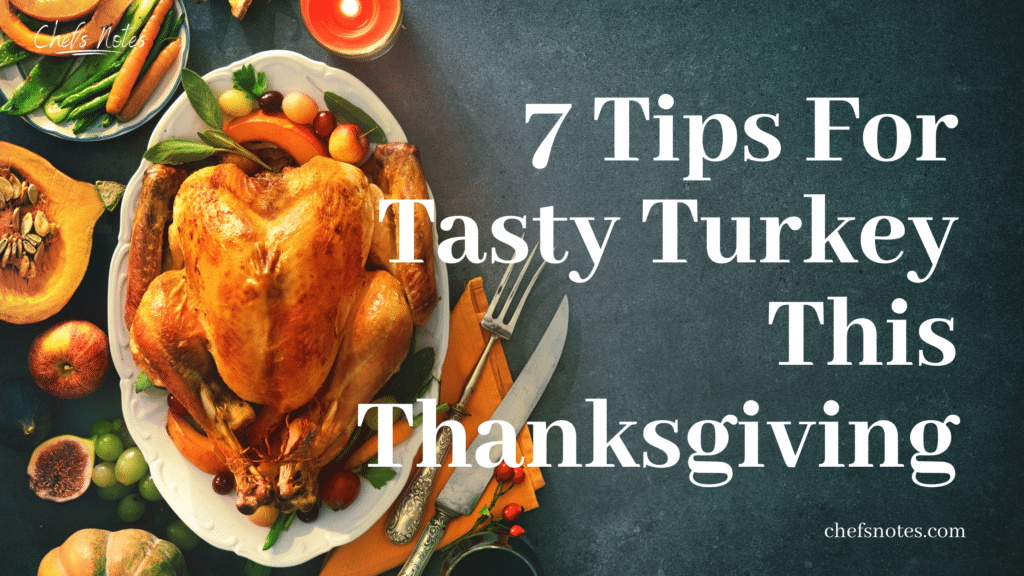
1. Defrost
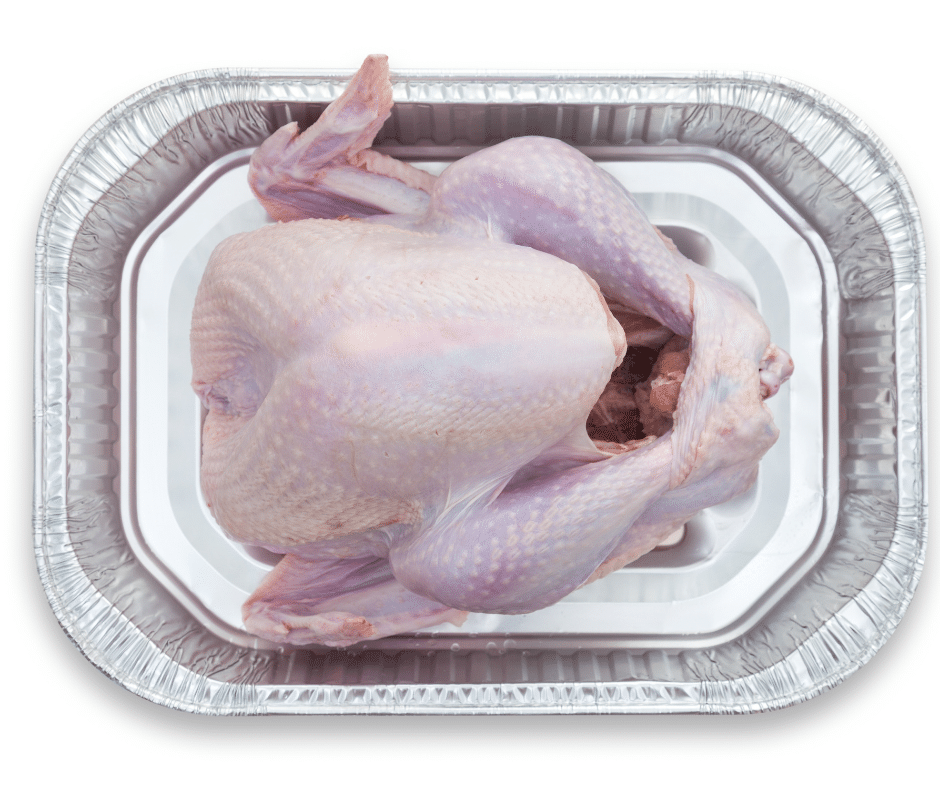
Defrosting in The Fridge
First and foremost, you are likely buying a frozen turkey. It is important to defrost it properly to keep it safe. The last thing you want is to make anyone sick. The best way to defrost a turkey is in the fridge. But this takes a long time. For example, I recently defrosted a nine-pound turkey in the fridge for four days. After the four days, the body cavity was still full of ice. A bigger turkey may take up to six days to fully defrost in the fridge. Essentially, if your turkey isn’t in the fridge defrosting right now, it should be. If you defrost the turkey in the fridge, make sure to sit in a large pan or bowl to collect any liquid that melts off the bird.
Defrosting in Water
Another safe way to defrost a turkey is to put it in the sink or (clean) bathtub and submerge it in cold water. Change the water every hour until the bird is fully defrosted. This technique will defrost the bird in about a day. For a massive turkey, it may take two days.
Defrosting at Room Temperature
Defrosting a turkey at room temperature is a big no-no. I know that some people reading this have done this their whole lives and have not made anyone sick. But, it is very, very risky. At room temperature, the turkey’s surface will go into what is known as the danger zone. That’s the temperature range between 4°c and 60°c at which bacteria grow exponentially. Even though the turkey is mostly still frozen, bacteria are growing on the surface and have the potential to make people very sick. For this reason, it is never a good idea to defrost a turkey, or anything really for that matter, at room temperature.
2. Dry the bird
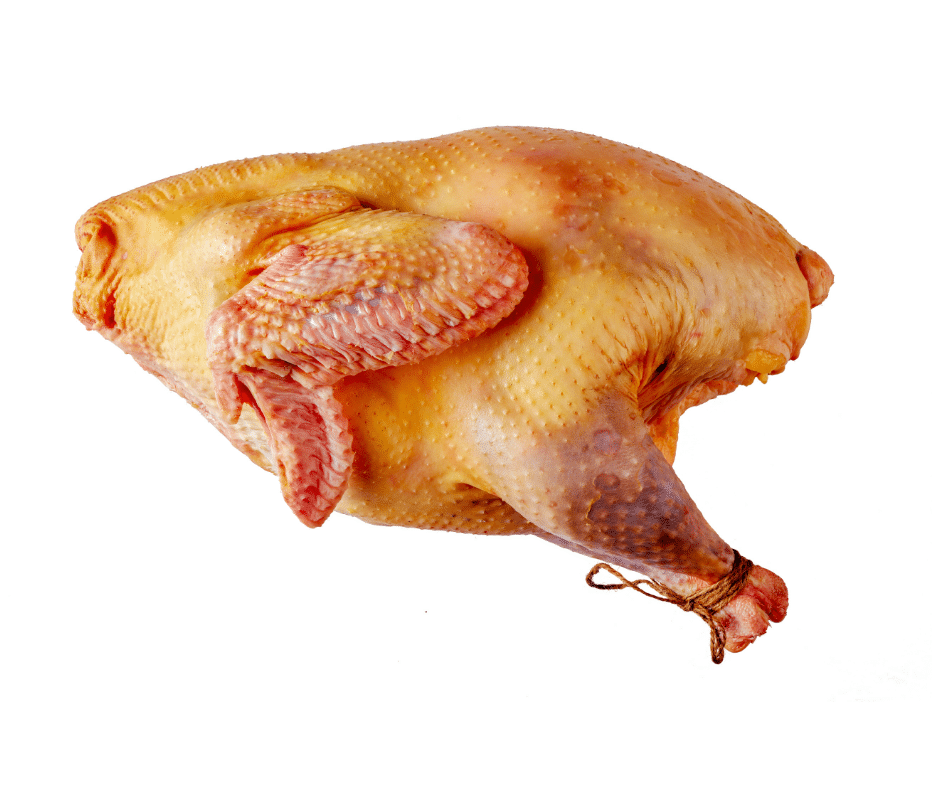
One step that people often miss when preparing their Thanksgiving turkey is to dry the skin. You can do this really simply with a paper towel, but it is best if it is left to air dry. I recommend uncovering the turkey a day or two before you are going to cook it. Put it on a rack set over a pan and put it back in the fridge. You can loosely cover the turkey with plastic wrap to prevent it from contaminating any other foods.
Why Dry The Skin
So, why do this? Why dry the turkey skin? Dry the turkey skin because it will get brown and crispy. That’s it. It just makes it more delicious and involves very little effort. So, why not do it? Right?
3. Grease it on or under the skin
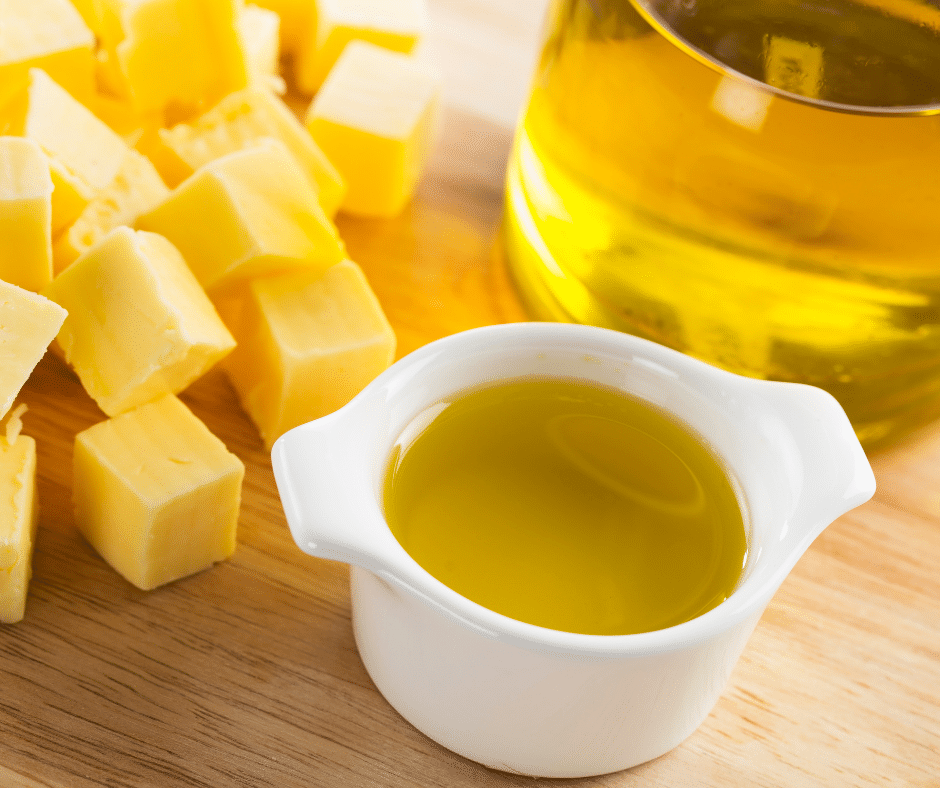
Fat, on or under the turkey skin, be it butter, bacon fat, olive oil, lard, whatever. It will also help the skin get nice and crispy. There is the added benefit that fat pushed under the skin will make the breasts exceptionally moist and flavourful too. Now, pushing butter or bacon fat under the turkey skin will take practise. If you’re new to cooking a turkey, you might not want to go that far. So, just rub the turkey all over with melted butter or another fat of your choice.
Basting Tips
I’m going to talk about basting here really quickly too. If you don’t know, basting is when you take a liquid and pour it over the turkey (or another food item) during cooking. The old school way of thinking is that this will help the turkey stay moist and juicy and impart flavour. Basting will add some flavour, but we now know that it doesn’t really help with moisture or anything like that. The liquid isn’t going to penetrate the skin and get to the meat. What basting can do is help to develop an even brown colour and evenly crisp skin.
When basting, always use fat. It can be fat collected from the bottom of the roasting pan. It could be melted butter, olive oil, or whatever. What you don’t want is “juice” or anything watery. That will moisten the skin and prevent crisping and browning. Really all you want to do is every thirty to sixty minutes, take the turkey out of the oven and baste any light spots with fat. Put it back in the oven and keep doing that until the bird is fully cooked. This will give you that nice golden brown skin with a nice crisp texture.
4. Seasoning
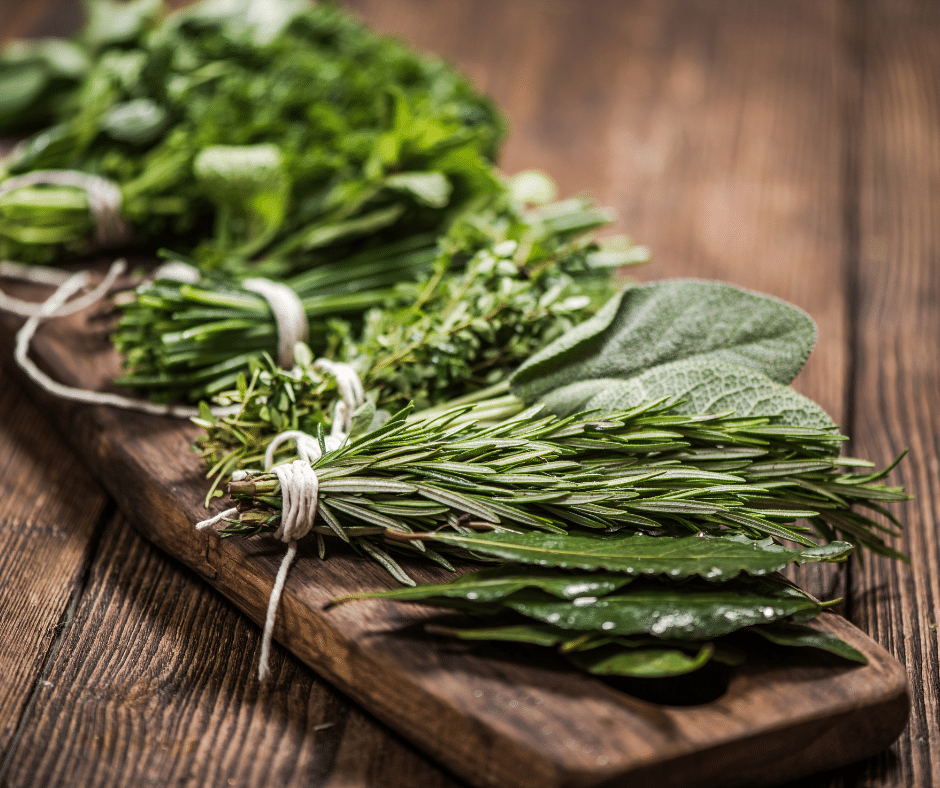
Seasoning is what you put on the turkey to add flavour. For most people, this comes down to personal preference and family tradition. For my own turkey over the last year or so, I’ve been leaning into poultry seasoning, which you can make or buy. Here is a recipe from All Recipes that looks pretty good if you want to make it yourself. Our Thanksgiving turkey was always heavily flavoured with Summer Savoury, sage, and the like growing up. My mom would also put sausages or bacon around the turkey to add a little more flavour and fat. There is no right or wrong way to season a turkey. But, be generous with the seasoning and always use salt and pepper. For more unique seasoning options, check out last year’s Thanksgiving post.
5. Stuffing, yes or no

Stuffing. Of all my turkey cooking tips this one has gotten me in the most trouble. This has gotten me some angry emails in the past, but I have to stick to my guns. I don’t believe that you should stuff a turkey, and here’s why. When you stuff a turkey, you create a solid mass in the middle of an already dense bird. To make the stuffing safe to eat, it has to reach a temperature of 165°f. To get the stuffing to that temperature, the turkey has to be cooked to 180°f. Normally, you would only cook a turkey to 170°f. By the time the turkey rests and the residual heat dies down, 180°f is going to be closer to 200°f or, in other words, overcooked and dry.
I prefer to cook the stuffing outside of the bird (which makes it dressing). I pour some of the turkey juice over the stuffing as it cooks to add flavour. As for the turkey, I don’t leave it empty. I chop up an onion, throw it in there, and sometimes even a carrot and some celery. But, I keep it loosely packed. This adds loads of flavour to the turkey but makes it so I can cook it to 170°f and still get a nice juicy bird.
6. Cooking, temp and times/ get a thermometer
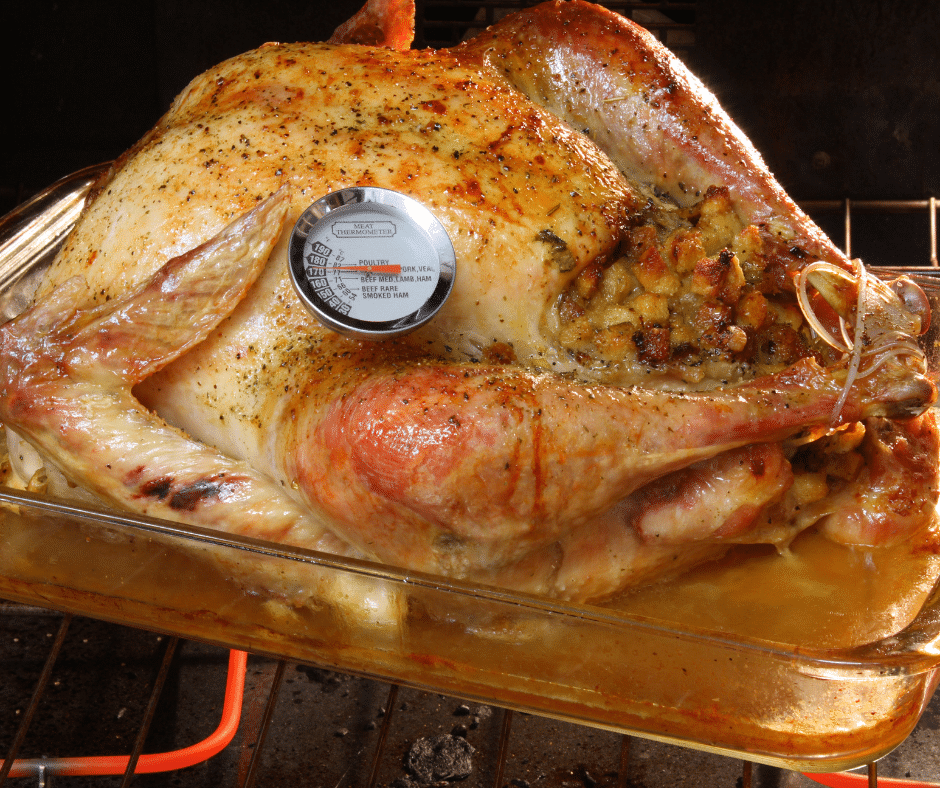
Turkey temperature
What temperature should you cook your Thanksgiving turkey on, for how long and to what temperature? Great questions. Let’s get the easy one out of the way first. Cook your unstuffed turkey until a meat thermometer inserted into the breast’s thickest part reaches 165°f and inserted into the thigh reaches 170°f. For a stuffed turkey, you want to cook it until the stuffing reaches 165°f. The breast will be around 175°f, and the thigh will be around 180°f.
Oven Temperature
Your oven temperature will depend on the bird’s size but generally, for any turkey over 10 lbs ( 5.5 kg), cook it at 325°f. Any turkey under 10 lbs (5.5kg) can be cooked at 325°f or 350°f. Larger birds are cooked at lower temperatures so that the outside of the turkey doesn’t overcook before the inside is cooked. With smaller birds that isn’t so much of a concern.
Turkey Cooking Times
Thanksgiving turkey cooking time depends on the bird’s size, whether it is stuffed, and the oven’s temperature. But generally, for an unstuffed bird being cooked at a temperature of 325°f, it will take about seventeen minutes per pound. Meaning a fifteen-pound unstuffed turkey will take about four hours and fifteen minutes. A stuffed turkey will take about twenty minutes per pound at 325°f. So, a fifteen pound stuffed turkey will take about five hours to cook. Cooking a smaller turkey at 350°f will take about thirteen to fifteen minutes per pound.
- Unstuffed over ten pounds = Turkey Weight x 17 = time to cook at 325°f
- Stuffed over ten pounds = Turkey Weight x 20 = time to cook at 325°f
- Unstuffed under ten pounds = Turkey Weight x 13 = time to cook at 350°f
- Stuffed under ten pounds = Turkey Weight x 15 = time to cook at 350°f
Of course, these cooking times are estimates and should be confirmed with a meat thermometer.
7. Resting
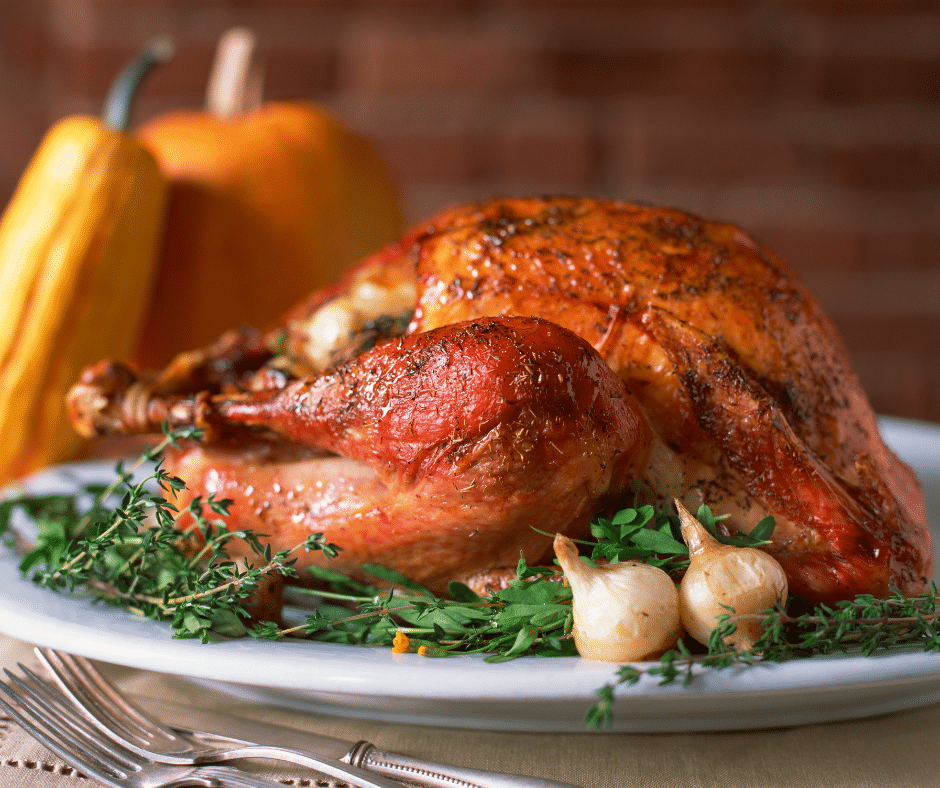
The last turkey cooking tip that I have for you is to let your turkey rest. For a turkey over ten pounds, let it rest for at least an hour, under ten pounds at least thirty minutes. Resting will allow the turkey juices to redistribute throughout the bird, making it juicier and more flavourful. There is no point in having gone through all the trouble of buying the turkey, defrosting it, seasoning it, cooking it, and then ruining it by cutting into it right away. Plus, letting the turkey rest will give you time to get the rest of the dinner cooked.
To rest the turkey, take it out of the oven, loosly cover it with a lid or foil, and set it in a warm part of your kitchen. That’s it.
Conclusion
Thanksgiving just isn’t the same without turkey. Whether you are with your family this year or not, don’t let the spirit of the holiday go. Enjoy some turkey, skype in with your family, and share a meal even if it is from a distance. Even though this year has been crazy and doesn’t always feel like it, we all have a lot to be thankful for. I think a bite of flavourful, juicy, tender turkey will help remind us all of that.
Happy Thanksgiving, Everyone. I’ll see you right back here next Wednesday. And if you are wondering what to do with all your leftover turkey check out thinkturkey.ca. They have lots of great recipes.
Thank you for reading the post. If you liked it, remember to share it on Facebook, Pinterest, or Twitter by clicking the icon to the left of the right of the page. Did you know that Chefsnotes.com has almost 400 posts just like this one? Don’t ever miss a post again. Become a Chef’s Notes member right here. You will be notified of every new post. And if you would like to know more about me, click the link below to read my story.

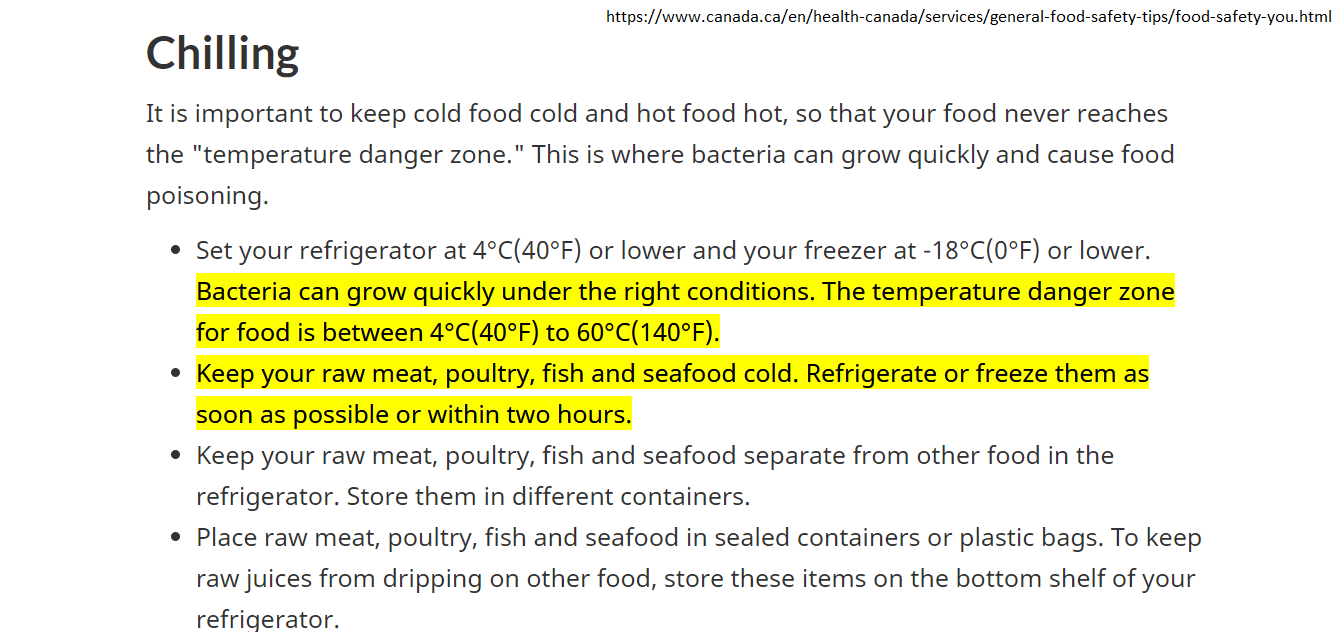

0 Comments